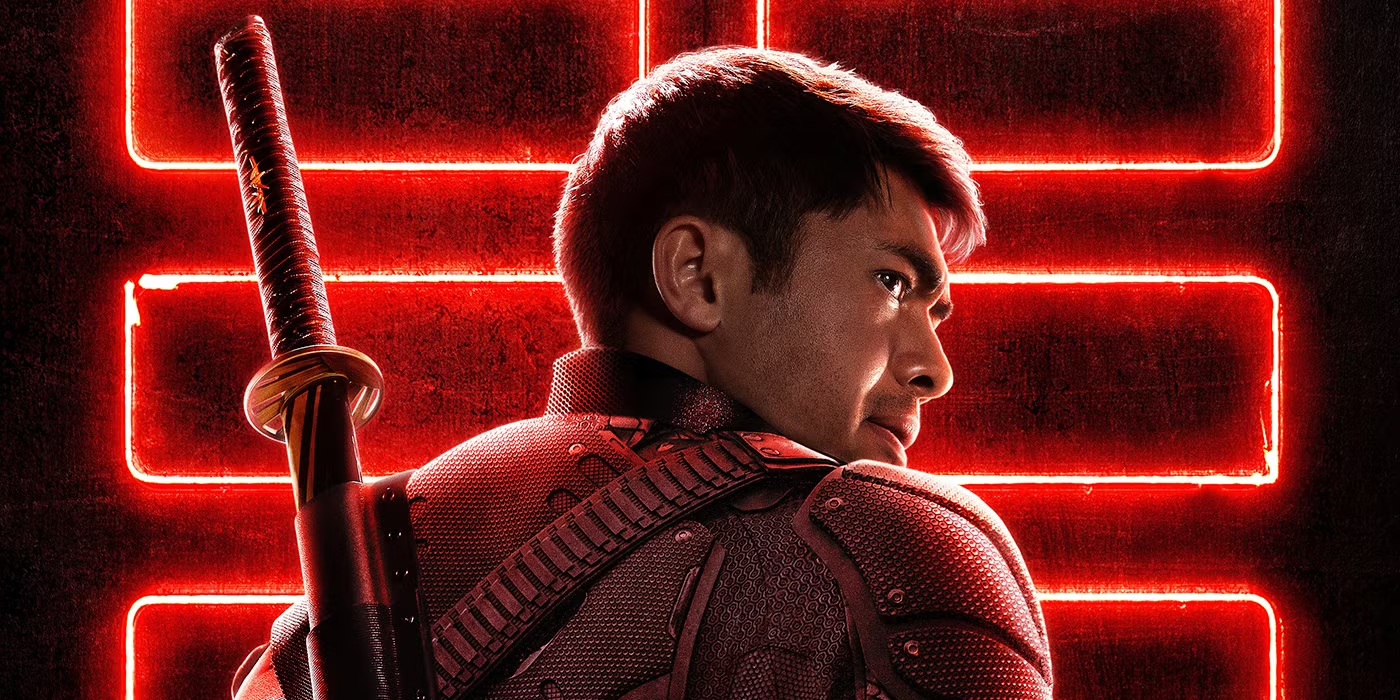
Snake Eyes Review: A Weak Start for G.I. Joe Origins
The G.I. Joe franchise has long been a beloved part of popular culture, with its iconic characters and thrilling action sequences captivating audiences for decades. When the news broke that a new origin story for the enigmatic Snake Eyes was in the works, fans were understandably excited. Directed by Robert Schwentke and starring Henry Golding, “G.I. Joe Origins: Snake Eyes” promised to delve into the backstory of one of the franchise’s most beloved characters. However, as this in-depth review will reveal, the film falls short in delivering a satisfying and cohesive narrative, leaving much to be desired for both casual viewers and die-hard G.I. Joe enthusiasts.
The Premise and Expectations
The premise of “G.I. Joe Origins: Snake Eyes” is a familiar one – a young man, haunted by the tragic death of his father, seeks revenge and ends up being recruited by the secretive Arashikage clan, where he undergoes intense training to become the legendary silent warrior, Snake Eyes. This origin story was meant to provide a fresh take on the character, allowing audiences to connect with him on a deeper level and understand the motivations that shaped his journey.
Unfortunately, the execution of this premise falls flat, as the film struggles to balance its action sequences with the necessary character development and world-building required to truly engage the audience. The director, Robert Schwentke, “took the easy way out” by relying heavily on shaky camera work and quick cuts, which ultimately serve to distract and disorient the viewer rather than immerse them in the action.
The Problematic Approach to Action Sequences
One of the key criticisms leveled at “G.I. Joe Origins: Snake Eyes” is the way it handles the action sequences. The legendary stunt coordinator Remy Julienne once said, “You can have all the money in the world, but that doesn’t guarantee a good action movie if the director doesn’t know how to work with the specifics of the genre.” This sentiment rings true in the case of “Snake Eyes,” where the action scenes, despite the impressive stunt work and choreography, fail to truly captivate the audience.
The use of shaky camera work and rapid editing, a technique that has become increasingly common in modern action films, serves to undermine the impact of the fight scenes and chase sequences. Instead of allowing the audience to fully appreciate the skill and athleticism on display, the frantic camerawork and quick cuts create a sense of disorientation, making it difficult to follow the action and diminishing the overall immersive experience.
This approach is a “lazy way out” of the genre, as it attempts to mask any potential shortcomings in the filmmaking by overwhelming the viewer with a barrage of visual stimuli. This tactic, however, comes at a cost, as it ultimately disrupts the flow of the narrative and prevents the audience from fully engaging with the characters and their struggles.
The Weak Character Development and Storytelling
Beyond the issues with the action sequences, “G.I. Joe Origins: Snake Eyes” also struggles to deliver a compelling and cohesive narrative. Several key problems with the film’s storytelling include the lack of clear objectives for the protagonist and the underdevelopment of the supporting characters.
One of the most glaring issues is the way the film handles the initial motivation for Snake Eyes’ quest for revenge. This plot point is quickly abandoned, leaving the audience to wonder about the true driving force behind the character’s actions. This lack of a clear and consistent narrative thread undermines the emotional investment the audience can have in the protagonist’s journey, making it difficult to fully engage with the story.
Additionally, the film’s attempts to introduce new characters and expand the G.I. Joe universe feel rushed and underdeveloped. The antagonist, in particular, is described as “generic,” with the film failing to establish a meaningful connection or conflict between the protagonist and the villain. This lack of character development and interpersonal dynamics further contributes to the overall sense of disconnect the audience may feel while watching the film.
The Missed Opportunity for Franchise Expansion
One of the key goals of “G.I. Joe Origins: Snake Eyes” was to serve as a launching pad for a new era of the G.I. Joe franchise in cinema. The film’s focus on setting up future installments, rather than delivering a cohesive and satisfying standalone story, is a significant misstep.
The transcript notes that the film appears to be “more concerned with establishing a franchise for future continuations” than providing a compelling and self-contained narrative. This approach, while understandable from a business perspective, ultimately undermines the overall quality of the film, as the audience is left with a sense of dissatisfaction and a lack of closure.
By prioritizing the potential for future sequels over the immediate needs of the current story, “G.I. Joe Origins: Snake Eyes” misses an opportunity to truly captivate and engage the audience. The film’s attempts to “tease” the larger G.I. Joe universe and introduce new characters feel forced and out of place, further contributing to the overall sense of disconnect the viewer may experience.
The Potential for Redemption
Despite the numerous shortcomings of “G.I. Joe Origins: Snake Eyes,” there is still hope for the franchise to find redemption. The lead actor, Henry Golding, is described as a “charismatic” performer with a lot of promise. Additionally, the film’s attempts to explore the cultural and mythological aspects of the Arashikage clan could be a promising avenue for future installments, if executed more effectively.
As a fan of the G.I. Joe franchise, I remain cautiously optimistic that the series can bounce back from the disappointment of “Snake Eyes.” The rich history and beloved characters of the G.I. Joe universe provide a solid foundation for future filmmakers to build upon, and with a more focused and cohesive approach to storytelling and action sequences, the franchise could recapture the magic that has captivated audiences for decades.
Conclusion
In the end, “G.I. Joe Origins: Snake Eyes” falls short of its lofty ambitions, failing to deliver a satisfying origin story for one of the franchise’s most iconic characters. The film’s reliance on shaky camerawork and rapid editing in its action sequences, coupled with its weak character development and disjointed narrative, ultimately undermines the overall viewing experience.
While the potential for redemption and future success in the G.I. Joe franchise remains, “Snake Eyes” serves as a cautionary tale of the dangers of prioritizing franchise-building over crafting a cohesive and engaging standalone story. As fans and filmmakers alike look to the future of the G.I. Joe universe, it is crucial that they learn from the missteps of this latest installment and strive to create a more compelling and immersive cinematic experience that truly does justice to the beloved characters and rich mythology of this iconic franchise.
Thank you for taking the time to read this in-depth review of “G.I. Joe Origins: Snake Eyes.” I hope it has provided you with a comprehensive understanding of the film’s strengths, weaknesses, and the potential for the future of the G.I. Joe franchise.
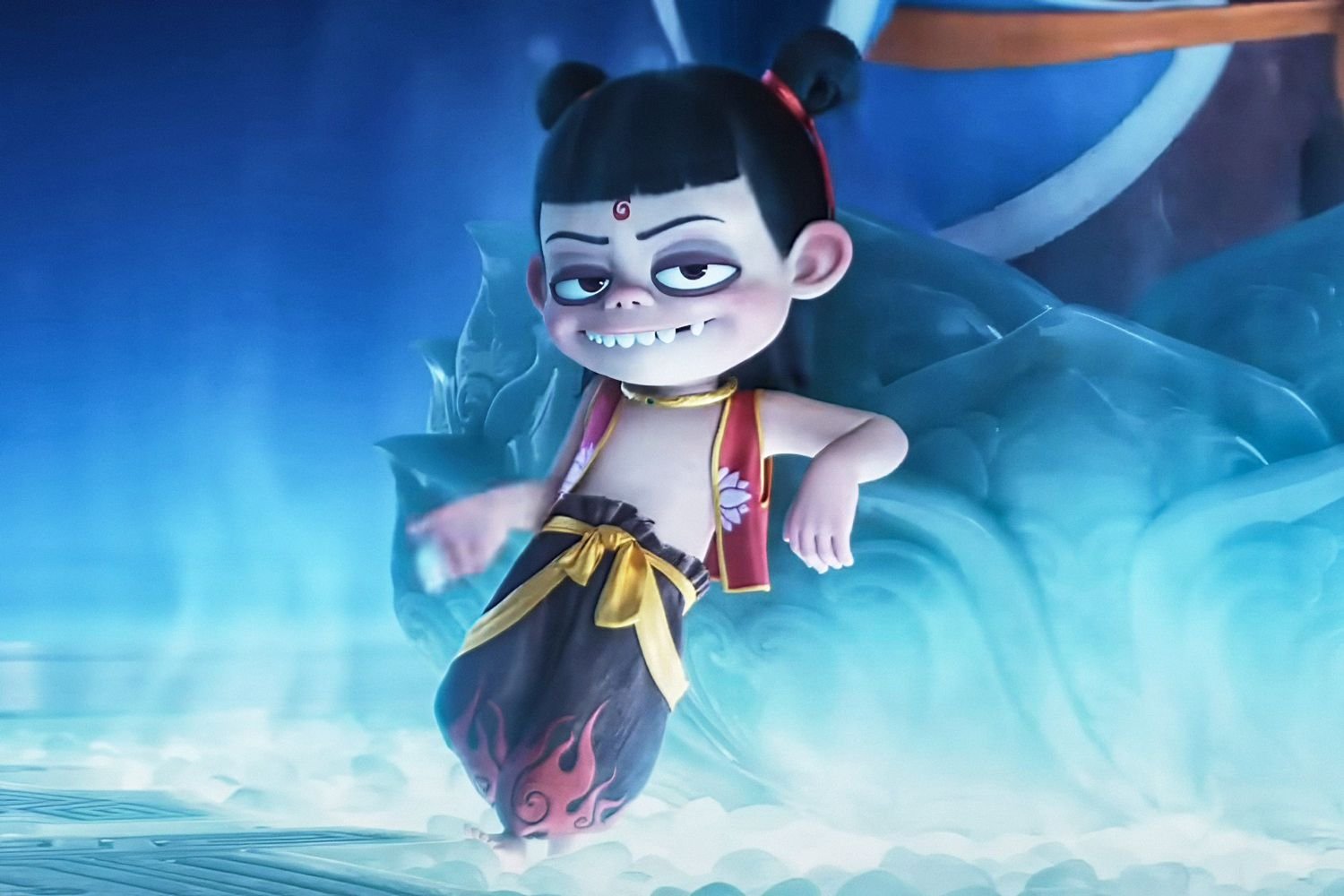
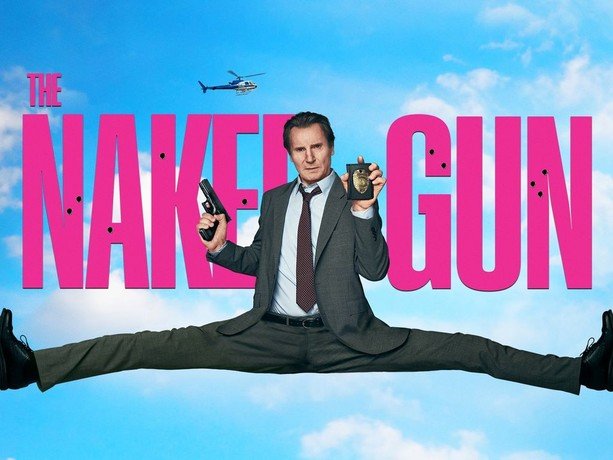
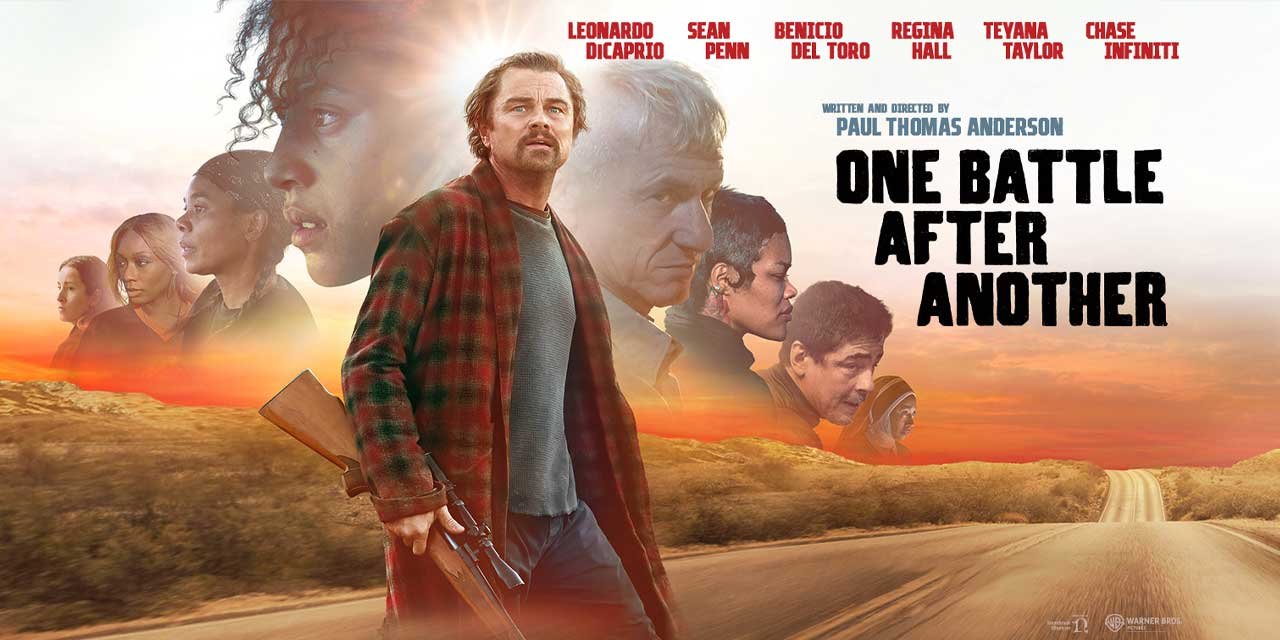








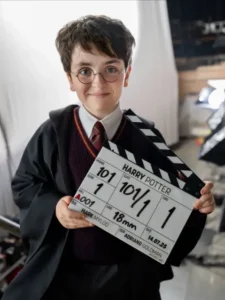

Publicar comentário